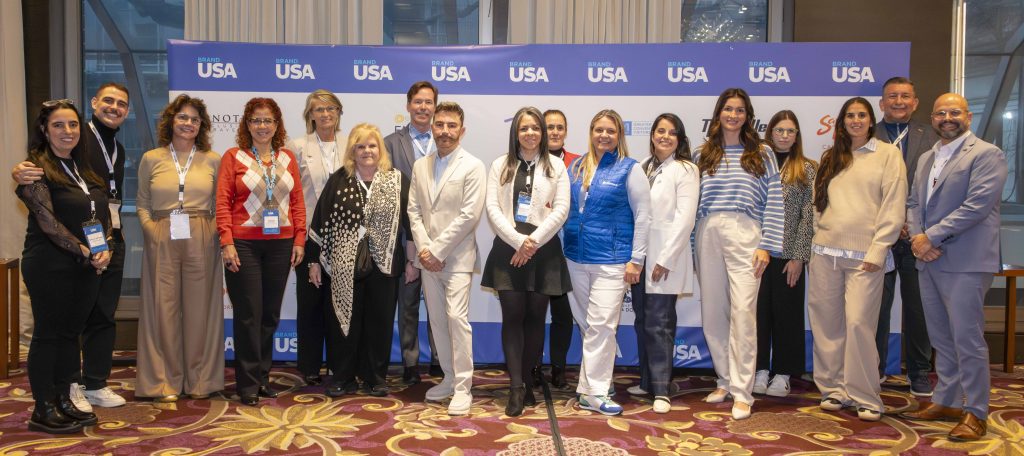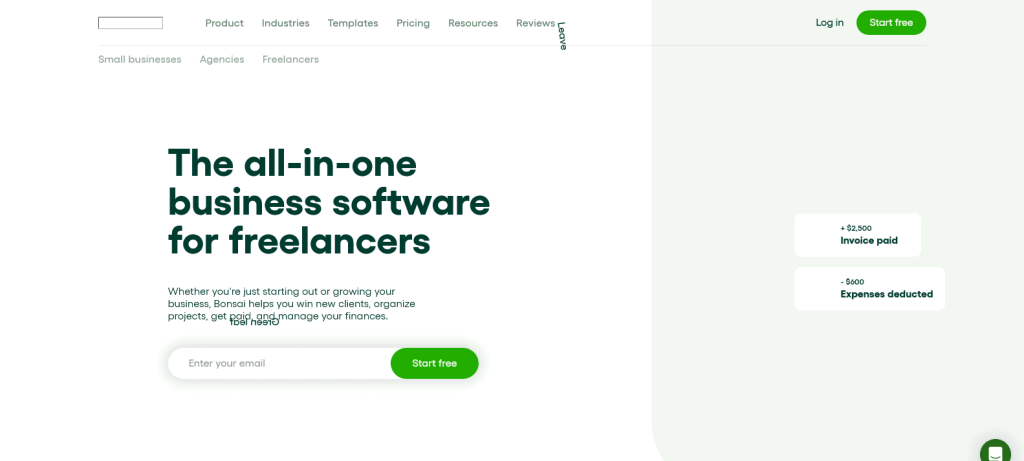Let’s be honest. The old sales playbook—the one with the aggressive closing techniques and the “always be closing” mantra—is gathering digital dust. For Gen Z and millennial buyers, that approach doesn’t just fail; it actively repels.
Why? Because these generations don’t just buy products. They buy into values, experiences, and communities. They can smell inauthenticity from a mile away, armed with a smartphone and a deep-seated skepticism for corporate jargon. Selling to them isn’t about persuasion; it’s about connection. It’s about understanding the unique psychological drivers that guide their decisions.
The Core Mindset: From Transaction to Interaction
Before we dive into tactics, you need to grasp the fundamental shift. Millennials and Gen Z have grown up in a world of reviews, social proof, and infinite choice. They don’t need a salesperson to provide information; they need a guide to help them navigate it.
Think of it this way: you’re not a gatekeeper, you’re a sherpa. Your job is to help them carry the burden of decision-making, pointing out the pitfalls and highlighting the best path forward based on their goals, not your quota.
Key Psychological Drivers You Can’t Ignore
1. The Authenticity Imperative
This is the big one. For these buyers, authenticity isn’t a buzzword; it’s the price of entry. They have a highly-tuned “BS meter.” They want to see the real people behind the brand, the unpolished moments, and the company’s genuine stance on social and environmental issues.
How to leverage this:
- User-Generated Content (UGC) is your best friend. Feature real customer photos and videos prominently. It’s social proof in its purest, most trusted form.
- Show your “why.” Talk about your mission beyond profit. Be transparent about your supply chain or your company’s carbon footprint.
- Embrace imperfection. A behind-the-scenes blooper reel or a post about a product iteration that failed can build more trust than a dozen polished ads.
2. The Thirst for Value and Values
Notice the “s” on the end? It’s crucial. Value isn’t just about price for these cohorts. It’s about the worth they receive, which is a blend of quality, experience, and ethical alignment. A cheap product from a company with questionable labor practices holds no value for them. In fact, it can hold negative value.
They’re asking: “Does this brand’s purpose align with my own identity?”
How to leverage this:
- Be crystal clear about your brand values and act on them consistently. Support causes, take stands, and be prepared to back it up with action.
- Focus on the cost-per-use, not the sticker price. A $100 pair of shoes that lasts five years is a better value than a $50 pair that falls apart in six months. Frame your product’s longevity and quality.
- Create content that educates. A skincare brand explaining ingredient science is providing value that builds authority and trust.
3. The FOMO and Social Proof Engine
Fear Of Missing Out is a powerful, primal trigger. But for younger buyers, it’s less about scarcity and more about community validation. They look to their peers—both online and offline—to see what’s cool, what’s effective, and what’s worth their money.
Seeing a friend or a trusted influencer using a product is a stronger signal than any celebrity endorsement could ever be.
How to leverage this:
- Build a community, not just a customer list. Create branded hashtags, host Instagram Live Q&As, or foster a user group where customers can connect.
- Leverage micro-influencers. They often have higher engagement and more trusted voices than mega-celebrities.
- Make reviews and testimonials impossible to miss. Integrate them seamlessly into the product page experience.
Tactical Shifts for the Modern Sales Conversation
Okay, so you understand the psychology. How does this change the actual interaction? Whether you’re in a direct sales role or crafting an e-commerce experience, here’s the playbook.
Ditch the Script, Embrace the Dialogue
Rigid scripts are a recipe for disaster. Instead, focus on asking open-ended questions that uncover their real needs and motivations.
Don’t ask: “Are you looking for a new laptop?”
Do ask: “What kind of projects are you hoping to accomplish with a new device? Are you editing videos, or is it mostly for writing and browsing?”
See the difference? The first question can be answered with a yes or no. The second starts a conversation and positions you as a consultant.
Personalization is Non-Negotiable
Generic, mass-blasted emails are instant spam. Use the data you have (ethically, of course) to tailor the experience.
| Instead of This… | Try This… |
| “Dear Valued Customer” | “Hey [Name], saw you were checking out our running shoes.” |
| “Our product is great for everyone!” | “Based on your interest in sustainable materials, you might love our new eco-conscious line.” |
| A single, one-size-fits-all offer | An offer related to an item they left in their cart or a category they browsed. |
Sell the Outcome, Not the Feature
This is classic sales, but it’s more important than ever. Gen Z and millennials are outcome-oriented.
Don’t say: “This blender has a 2.5 horsepower motor.”
Do say: “You can whip up a smoothie so silky, you’ll forget you even put kale in it—in under 30 seconds.”
Translate the technical spec into a tangible benefit they can literally taste. Connect the feature to the feeling.
The Final, Unspoken Rule: Earn the Right
Here’s the deal. The underlying thread through all of this is that you have to earn the right to sell to these generations. You earn it by being genuine. You earn it by providing value before asking for the sale. You earn it by respecting their intelligence and their values.
The transaction is merely the final step in a journey you’ve taken together—a journey built on trust, mutual respect, and a shared understanding of what truly matters. And that… well, that’s a psychology that never goes out of style.




